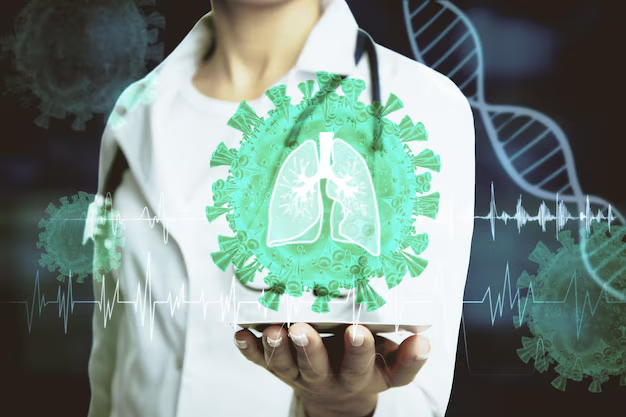Understanding Group 1 Pulmonary Hypertension: What You Need to Know
Pulmonary hypertension is a complex condition affecting the heart and lungs, specifically the pulmonary arteries. One of the five major categories classified by the World Health Organization (WHO) is Group 1 Pulmonary Hypertension, also known as Pulmonary Arterial Hypertension (PAH). This condition, notably distinct from other types, involves narrowing, tightening, or blockage of the pulmonary arteries. These crucial vessels carry blood from the heart to the lungs. Let’s dive into what makes Group 1 pulmonary hypertension unique and explore avenues of support for those affected.
Group 1 Pulmonary Hypertension: Causes and Symptoms
Pulmonary Arterial Hypertension is a serious condition prompting increased pressure in the pulmonary arteries. This heightened pressure results from various causes, such as:
- Genetic factors: Mutations in certain genes, like BMPR2, can lead to familial cases.
- Underlying medical conditions: Disorders like connective tissue diseases (e.g., scleroderma), congenital heart disease, and HIV infection can also trigger PAH.
- Use of certain drugs: Appetite suppressants and illicit drugs, such as methamphetamine, have been linked to increased risk.
Patients often experience shortness of breath, dizziness, fatigue, and chest pain. These symptoms can severely impact daily activities, making an early diagnosis crucial for effective treatment.
Treatment Approaches and Challenges
Managing Group 1 pulmonary hypertension involves a multifaceted treatment strategy aimed at reducing symptoms and slowing disease progression. This can include:
- Medications: Vasodilators, endothelin receptor antagonists, phosphodiesterase inhibitors, and anticoagulants.
- Oxygen therapy: To ensure adequate oxygen levels in the blood.
- Lifestyle changes: Dietary modifications, exercise tailored to individual capacity, and rest.
However, the cost of managing Group 1 pulmonary hypertension can be substantial, given the specialist care, regular monitoring, and lifelong treatment required. This brings about a need to look into financial assistance and educational resources to alleviate the economic burden on patients and families.
Navigating Financial and Educational Resources
For those grappling with pulmonary hypertension, the cost of care can add up quickly, making financial planning and assistance critical. Here’s how affected individuals can seek support:
Government Aid Programs: Federal health programs like Medicare and Medicaid offer assistance for eligible patients. Investigate specific coverage related to pulmonary hypertension treatments.
Nonprofit Support Organizations: Groups such as the Pulmonary Hypertension Association (PHA) provide guidance, support groups, and even financial aid resources.
State Assistance Programs: Some states have disability programs and healthcare initiatives catering to individuals with chronic illnesses, potentially covering services like therapy and medications.
Educational Grants: Patients can explore scholarships and grants to help with further education or job training, an often-overlooked avenue for those capable of returning to the workforce.
Debt Relief and Credit Counseling: Engage with services offering personalized debt relief solutions and budgeting advice to streamline finances amidst medical expenses.
Finding the Right Support
Navigating pulmonary arterial hypertension is challenging, both medically and financially. Access to resources can significantly lighten the load, offering not only medical aid but a pathway to financial stability and education. Here’s a swift overview to explore:
- 🏥 Medicare/Medicaid: Enroll for coverage reviews related to pulmonary hypertension treatments.
- 💼 Pulmonary Hypertension Association (PHA): Discover community support and financial advice services.
- 🌏 State Health Programs: Investigate state-specific aids and disability resources.
- 🎓 Educational Grants: Uncover scholarships and learning opportunities amid health challenges.
- 💳 Credit Counseling: Professional advice tailored for healthcare-related debt management.
Understanding the landscape of Group 1 pulmonary hypertension is vital for anyone impacted by this condition. Armed with knowledge and support, patients and their families can better manage health and financial wellbeing, leading to a more balanced and hopeful outlook.

Related Topics
- a 66 Year Old Female With a History Of Hypertension
- Are Eggs Bad For Hypertension
- Are Eggs Good For Hypertension
- Are Endocrine Disorders Causing Hypertension Rare
- Can Adderall Cause Hypertension
- Can Alcohol Cause Hypertension
- Can Allergies Cause Hypertension
- Can Anemci People Get Hypertension
- Can Anemia Cause Hypertension
- Can Antibiotics Cause Hypertension